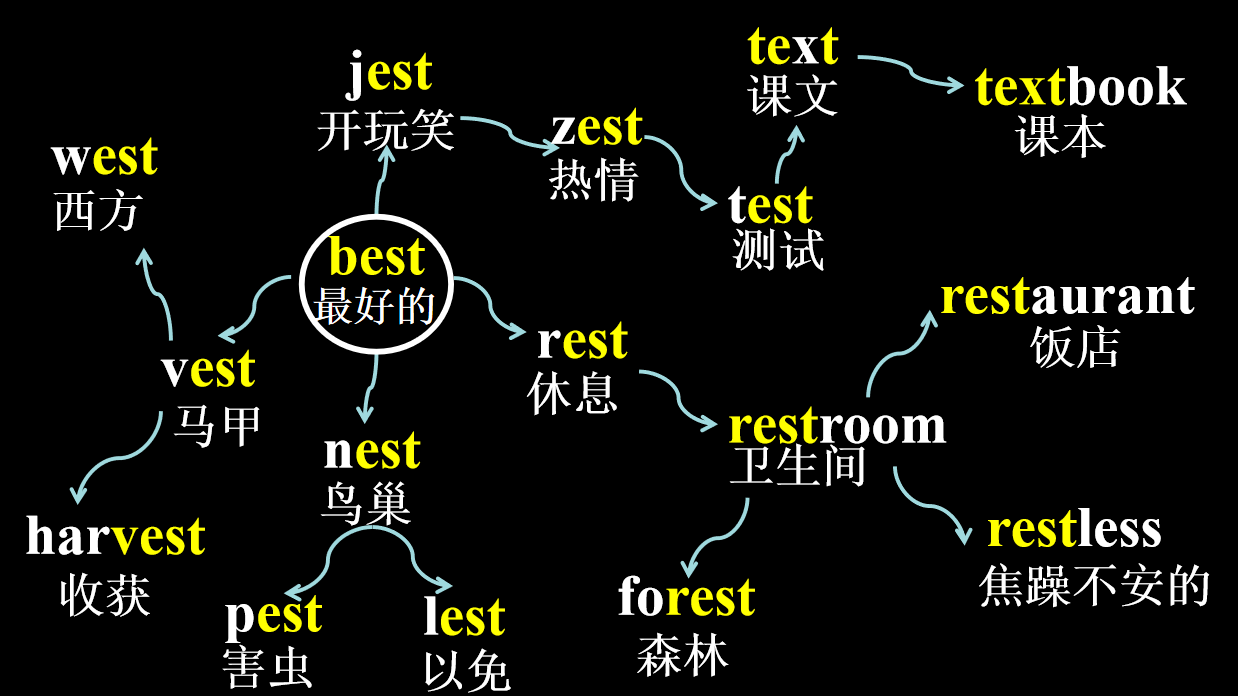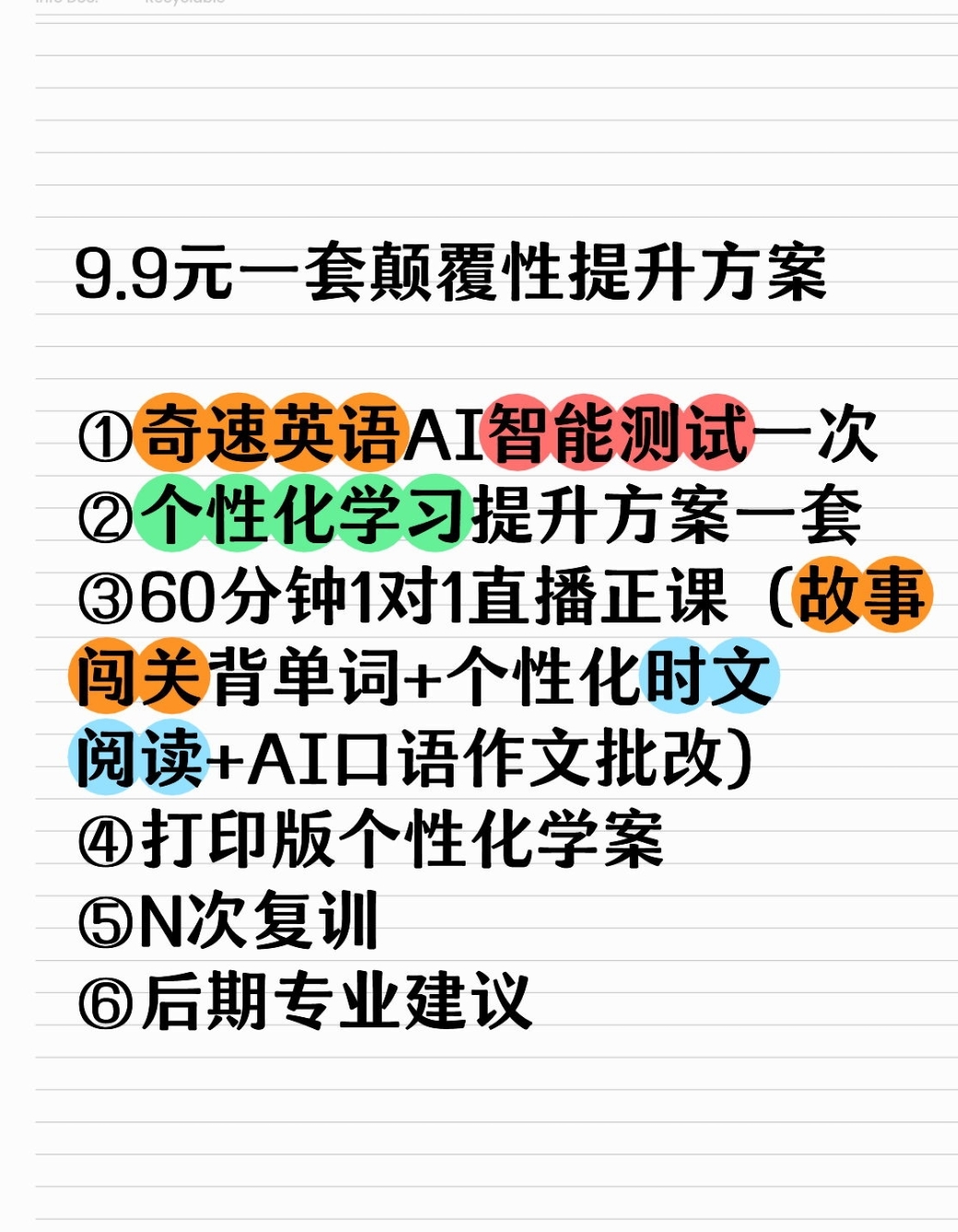-

评论
-

收藏
-

点赞

初中英语阅读理解|易混淆词组 120 组
阅读量:1154 2025.05.03
.jpg)
以下是初中英语阅读理解中常见的 120组易混淆词组,按含义易误解的高频短语分类整理(1-25组):
一、动词短语(易误解“字面意思”)
1. look up to —— 尊敬(≠ 抬头看,如:look up at 才是“抬头看”)
2. make up —— 编造(故事/借口);弥补(时间/错误)(≠ 化妆,“化妆”是 make up for?× 正确是 wear makeup)
3. run into —— 偶遇(≠ 跑进,“跑进”是 run into somewhere 表动作)
4. take off —— 脱下(衣物);(飞机)起飞(≠ 拿走,“拿走”是 take away)
5. give up —— 放弃(≠ 给出去,“给出去”是 give out/give away)
6. put on —— 穿上;上演(节目)(≠ 放在上面,“放在上面”是 put sth. on sth.)
7. look after —— 照顾(≠ 向后看,“向后看”是 look back)
8. turn on —— 打开(电器)(≠ 转身,“转身”是 turn around)
9. take in —— 吸收;理解;收留(≠ 拿进去,“拿进去”是 take into)
10. look forward to —— 期待(≠ 向前看,“向前看”是 look ahead)
11. fall into —— 陷入(困境);分成(类别)(≠ 掉进,“掉进”是 fall into sth. 表具体动作)
12. get over —— 克服(困难);从(疾病)恢复(≠ 爬过去,“爬过去”是 climb over)
13. give out —— 分发;耗尽(精力)(≠ 给出,“给出”是 give away)
14. break down —— (机器)故障;(情绪)崩溃(≠ 打破,“打破”是 break into)
15. put off —— 推迟(≠ 扑灭,“扑灭”是 put out)
16. take up —— 开始从事(爱好);占据(时间/空间)(≠ 拿起,“拿起”是 pick up)
17. run out (of) —— 用完(≠ 跑出去,“跑出去”是 run out of somewhere)
18. look through —— 浏览(≠ 看穿,“看穿”是 see through)
19. turn down —— 调小(音量);拒绝(≠ 向下转,“向下转”是 turn over)
20. come up with —— 想出(主意)(≠ 上来,“上来”是 come up)
21. get on —— 上车;进展(≠ 相处,“相处”是 get on with)
22. put away —— 收拾好(≠ 放远,“放远”是 put aside)
23. take part in —— 参加(活动)(≠ 拿走部分,“拿走”是 take away)
24. look for —— 寻找(≠ 照顾,“照顾”是 look after)
25. give in —— 屈服;提交(≠ 给进去,“给进去”是 give into)

 二、介词/副词短语(易混淆搭配)
二、介词/副词短语(易混淆搭配)
1. in front of —— 在(外部)前面(≠ in the front of 在(内部)前部,如:教室前有树 vs. 教室前排座位)
2. instead of —— 代替(≠ instead 单独用,如:He didn’t go. Instead, I went.)
3. because of —— 因为(后接名词/短语)(≠ because 后接句子)
4. except for —— 除了(整体中细节的例外)(≠ except 除了(同类排除),如:除了Tom都去了 vs. 除了脏,房间不错)
5. in the end —— 最后(强调结果)(≠ at the end of 在…末尾(时间/空间),如:学期末 vs. 最终成功)
6. such as —— 例如(列举部分例子)(≠ for example 举例(单独举例),如:喜欢水果,比如苹果 vs. 例如,苹果是水果)
7. as a result —— 结果(≠ as a result of 由于…)
8. in fact —— 事实上(≠ in person 亲自)
9. by the way —— 顺便说(≠ on the way (to) 在去…的路上)
10. in time —— 及时(≠ on time 准时)
11. so far —— 到目前为止(≠ far away 遥远)
12. at once —— 立刻(≠ at first 首先)
13. in trouble —— 处于困境(≠ in danger 处于危险)
14. on one’s way (to) —— 在某人去…的路上(≠ in this way 用这种方式)
15. according to —— 根据(≠ because of 因为)
.jpg)
16. plenty of —— 大量(可数/不可数均可)(≠ a number of 大量(可数),a lot of 通用)
17. in order to —— 为了(≠ in order that 后接从句)
18. thanks to —— 多亏(≠ thanks for 为…感谢)
19. as well —— 也(句末)(≠ as well as 和…一样好;除…之外)
20. for example —— 例如(≠ such as 列举多个例子)
21. in common —— 共同的(≠ in public 公开地)
22. at least —— 至少(≠ at most 最多)
23. in need (of) —— 需要(≠ in use 在使用中)
24. on time —— 准时(≠ in time 及时)
25. by accident —— 偶然地(≠ by mistake 错误地)
三、形容词/副词短语(易混淆词义)
1. interested in —— 对…感兴趣(修饰人)(≠ interesting 有趣的(修饰物))
2. surprised at —— 对…惊讶(修饰人)(≠ surprising 令人惊讶的(修饰物))
3. excited about —— 对…兴奋(修饰人)(≠ exciting 令人兴奋的(修饰物))
4. bored with —— 对…厌烦(修饰人)(≠ boring 令人厌烦的(修饰物))
5. tired of —— 厌倦…(修饰人)(≠ tiring 累人的(修饰物))
6. afraid of —— 害怕…(≠ afraid to do 不敢做…)
7. good at —— 擅长(≠ good for 对…有益)
8. angry with —— 对(人)生气(≠ angry at 对(事)生气)
9. full of —— 充满(≠ fill with 用…装满,主动动作)
10. proud of —— 为…骄傲(≠ pride n. 骄傲,如:take pride in)
11. sorry for —— 为…抱歉(≠ sorry to do 对做某事抱歉)
12. ready for —— 准备好…(≠ ready to do 准备做…)
13. different from —— 与…不同(≠ different in 在…方面不同)
14. similar to —— 与…相似(≠ same as 和…一样,需加 the:the same as)
15. late for —— 迟到(≠ later on 后来)
16. famous for —— 因…闻名(≠ famous as 作为…闻名,如:因茶闻名 vs. 作为作家闻名)
17. good/bad for —— 对…有益/害(≠ good/bad at 擅长/不擅长)
18. far from —— 远离(≠ far away 遥远,后不接宾语)
19. close to —— 靠近(≠ close down 关闭)
20. free from —— 免受…(≠ free of charge 免费)
四、近义词组(易混淆用法)
1. borrow…from —— 从…借(入)(≠ lend…to 把…借(出))
2. speak to —— 和…说话(≠ speak about 谈论…)
3. say sth. to sb. —— 对某人说某事(≠ tell sb. sth. 告诉某人某事)
4. look at —— 看(强调动作)(≠ see 看见(强调结果);watch 观看(动态过程))
5. listen to —— 听(强调动作)(≠ hear 听见(强调结果))
6. reach (vt.) —— 到达(直接接地点)(≠ arrive in/at 到达(大/小地点);get to 到达)
7. cost (物作主语) —— 花费(钱)(≠ spend(人作主语)spend…on/(in) doing;take It takes sb. time to do)
8. wear —— 穿着(状态)(≠ put on 穿上(动作);dress sb. 给某人穿衣服)
9. open (vt./adj.) —— 打开(动作);开着的(状态)(≠ turn on 打开(电器))
10. close (vt./adj.) —— 关闭(动作);关闭的(状态)(≠ turn off 关闭(电器))
11. receive —— 收到(客观)(≠ accept 接受(主观))
12. bring —— 带来(向说话者方向)(≠ take 带走(远离说话者);carry 携带(无方向))
13. die of —— 死于(内因,如疾病、情感)(≠ die from 死于(外因,如事故、环境))
14. join —— 加入(组织/团体)(≠ join in 参加(活动);take part in 参与(活动))
15. answer (vt.) —— 回答(≠ reply to 回复(更正式))
16. win (比赛/奖项) —— 赢得(≠ beat 打败(对手))
17. lie (lied-lied) —— 撒谎(≠ lie (lay-lain) 躺;位于;lay (laid-laid) 放置;下蛋)
18. rise (rose-risen) —— 上升(自然升起,如太阳)(≠ raise (raised-raised) 举起(人为动作))
19. happen (vi.) —— 发生(偶然)(≠ take place 发生(计划内);break out 爆发(灾难/战争))
20. fit (尺寸合适) —— 适合(≠ suit (颜色/款式)适合;match 匹配)

五、固定搭配(易混淆介词)
1. wait for —— 等待(≠ wait on 服侍)
2. ask for —— 请求(帮助/某物)(≠ ask sb. for sth. 向某人要某物)
3. pay for —— 为…付款(≠ pay attention to 注意)
4. care about —— 关心(≠ care for 照顾;喜欢)
5. laugh at —— 嘲笑(≠ smile at 对…微笑)
6. shout at —— 对…大喊(生气)(≠ shout to 对…大喊(为引起注意))
7. knock at/on —— 敲(门/窗)(≠ knock into 撞上;偶遇)
8. depend on —— 依赖(≠ decide on 决定)
9. agree with —— 同意(某人观点)(≠ agree to 同意(计划/建议);agree on 就…达成一致)
10. think about —— 考虑(≠ think of 想起;认为;think over 仔细考虑)
11. look at —— 看(≠ look like 看起来像)
12. hear of —— 听说过(≠ hear from 收到…的来信)
13. talk about —— 谈论(≠ talk to/with 与…交谈)
14. point at —— 指着(具体物体)(≠ point to 指向(方向))
15. belong to —— 属于(≠ belong in 应处于(某地))
16. succeed in (doing) —— 在…成功(≠ succeed to 继承)
17. prevent/stop/keep from —— 阻止…做(≠ protect from 保护…免受)
18. compare with —— 与…比较(≠ compare to 把…比作)
19. deal with —— 处理(≠ do with 处理(常与what连用))
20. prefer to —— 更喜欢(≠ prefer…to… 比起…更喜欢…)
.jpg)
六、易混淆同根词短语
1. a number of —— 许多(可数名词,复数谓语)(≠ the number of …的数量(单数谓语))
2. a bit —— 一点(修饰形容词/副词,= a little)(≠ a bit of 一点(修饰不可数名词,= a little))
3. too many —— 太多(可数)(≠ too much 太多(不可数);much too 太(修饰形容词/副词))
4. so…that —— 如此…以至于(后接句子)(≠ such…that 如此…以至于(such后接名词))
5. either…or —— 要么…要么(就近原则)(≠ neither…nor 既不…也不(就近原则);both…and 两者都(复数谓语))
6. each other —— 互相(两者)(≠ one another 互相(三者及以上),但现代英语可通用)
7. every day —— 每天(副词短语)(≠ everyday 每天的(形容词,如:everyday life))
8. sometimes —— 有时(≠ some times 几次/几倍;sometime 某个时间;some time 一段时间)
9. hardly —— 几乎不(≠ hard 努力地/坚硬的)
10. farther —— 更远(具体距离)(≠ further 更远(抽象程度,如:further study 深造))
以上词组均为初中英语阅读理解中高频出现且易因“字面翻译”导致误解的搭配,建议结合例句和语境记忆,避免直译陷阱!






.jpg)




